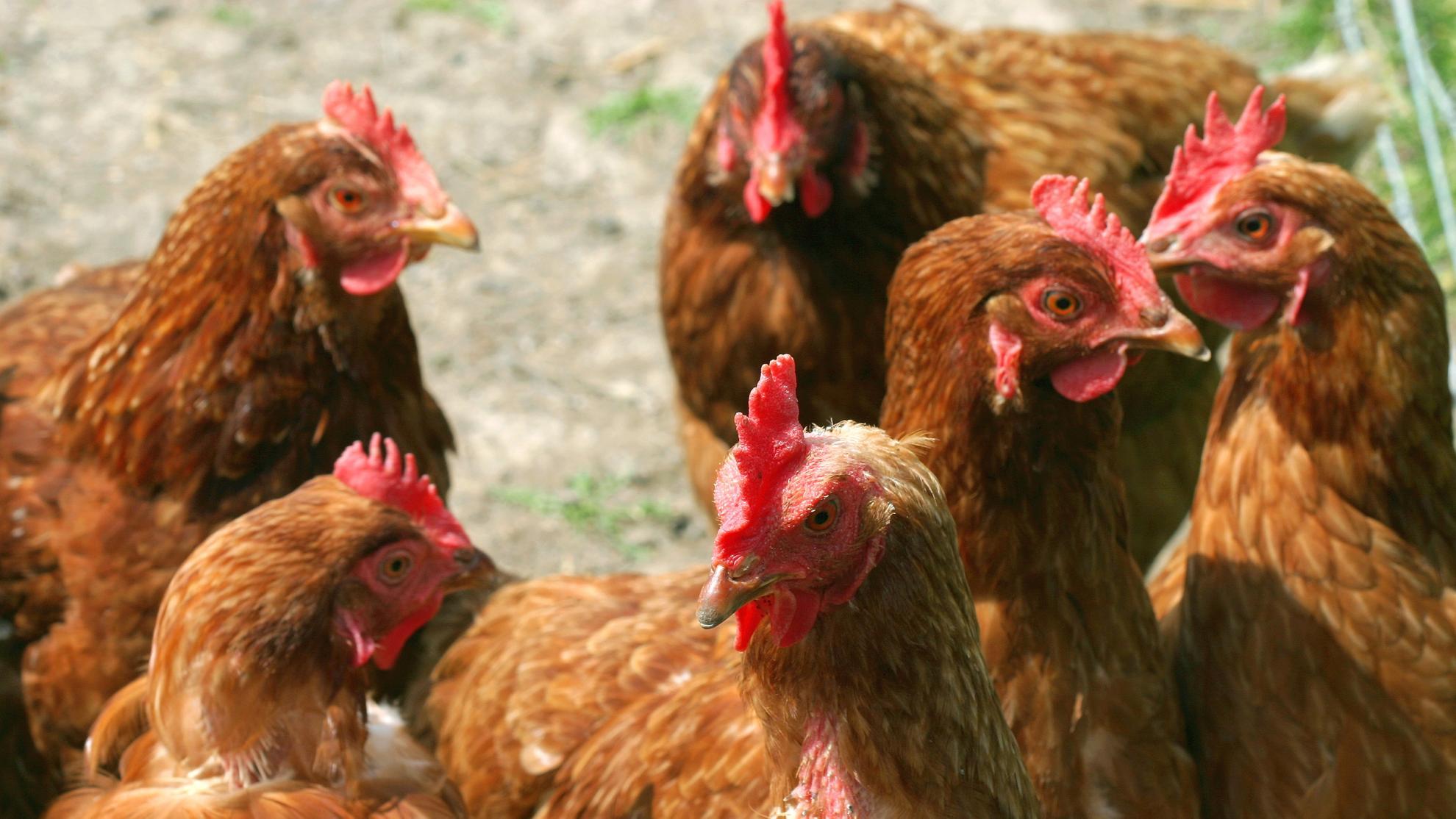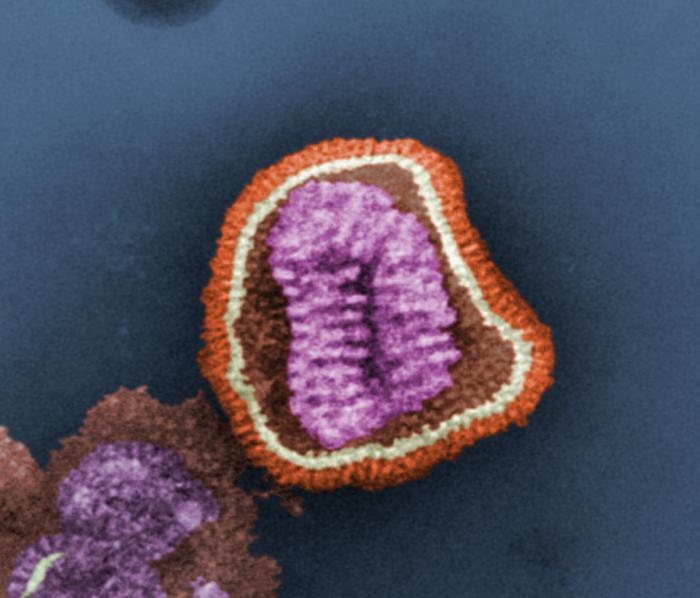Mapping the interaction sites of human and avian influenza A viruses and complement factor H
The complement system is an innate immune mechanism against microbial infections. It involves a cascade of effector molecules that is activated via classical, lectin and alternative pathways. Consequently, many pathogens bind to or incorporate in their structures host negative regulators of the complement pathways as an evasion mechanism. Factor H (FH) is a negative regulator of the complement alternative pathway that protects "self" cells of the host from non-specific complement attack. FH has been shown to bind viruses including human influenza A viruses (IAVs). In addition to its involvement in the regulation of complement activation, FH has also been shown to perform a range of functions on its own including its direct interaction with pathogens. Here, we show that human FH can bind directly to IAVs of both human and avian origin, and the interaction is mediated via the IAV surface glycoprotein haemagglutinin (HA). HA bound to common pathogen binding footprints on the FH structure, complement control protein modules, CCP 5-7 and CCP 15-20. The FH binding to H1 and H3 showed that the interaction overlapped with the receptor binding site of both HAs, but the footprint was more extensive for the H3 HA than the H1 HA. The HA - FH interaction impeded the initial entry of H1N1 and H3N2 IAV strains but its impact on viral multicycle replication in human lung cells was strain-specific. The H3N2 virus binding to cells was significantly inhibited by preincubation with FH, whereas there was no alteration in replicative rate and progeny virus release for human H1N1, or avian H9N2 and H5N3 IAV strains. We have mapped the interaction between FH and IAV, the in vivo significance of which for the virus or host is yet to be elucidated.

